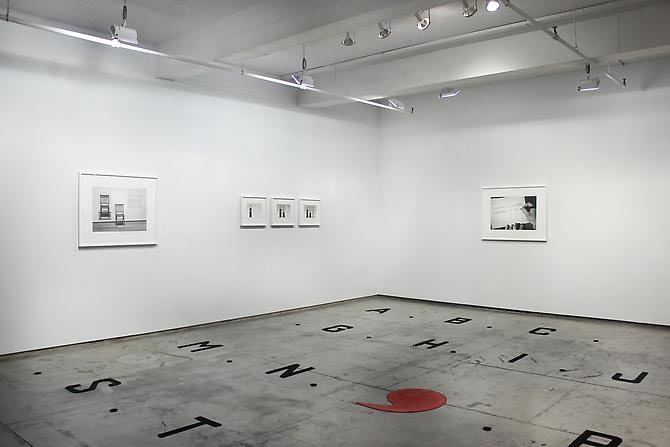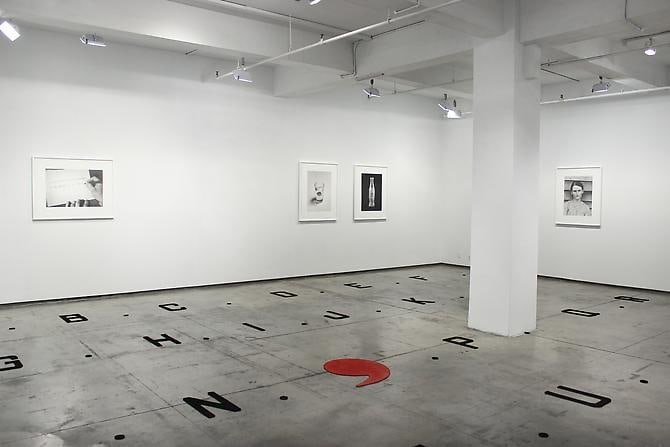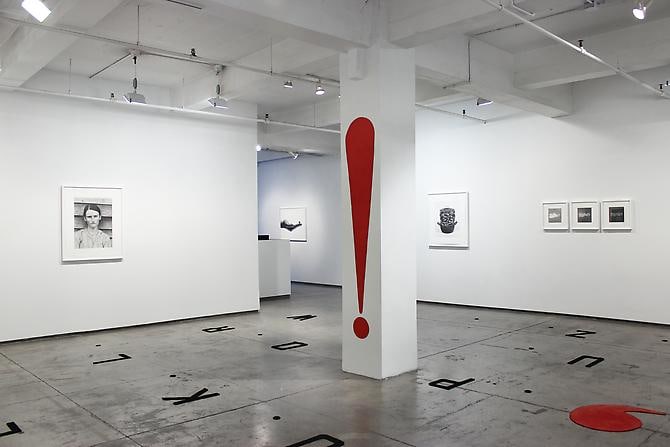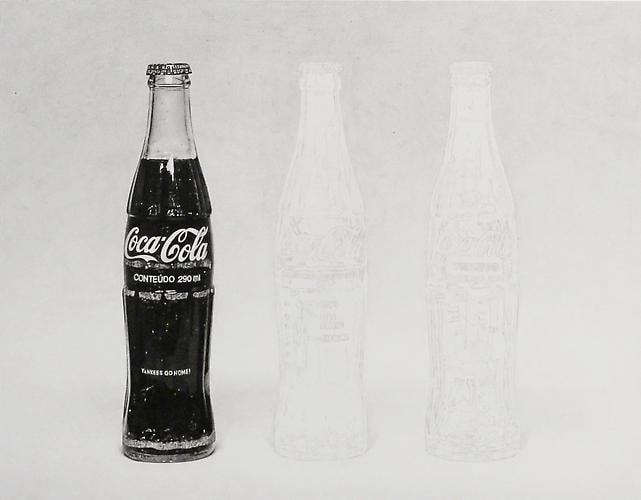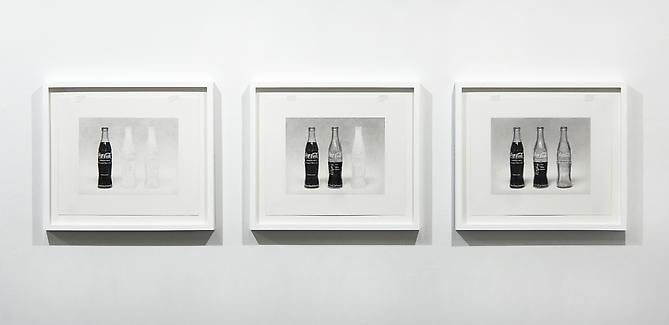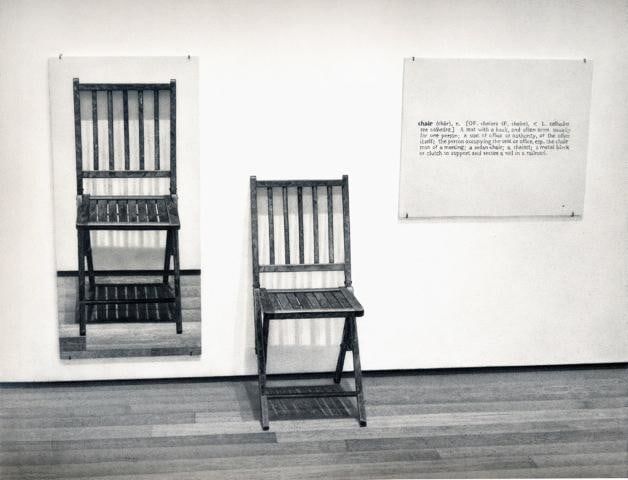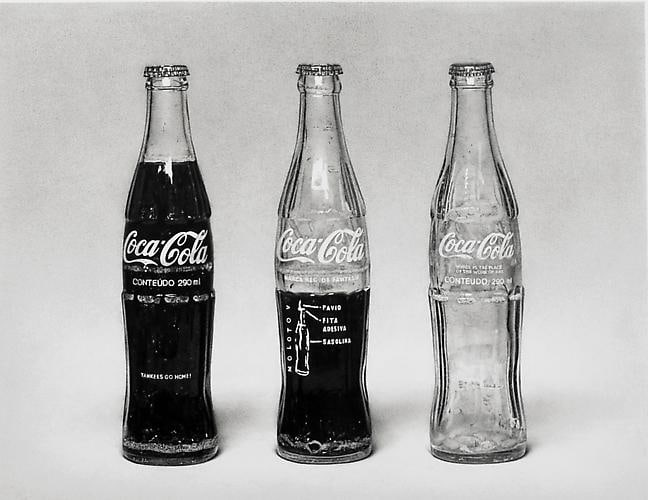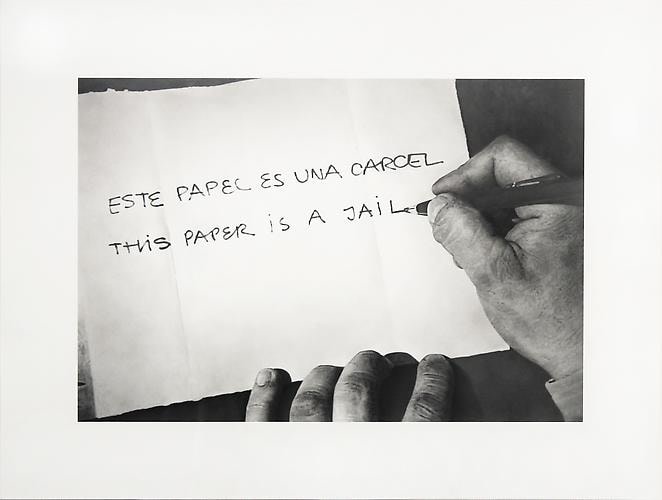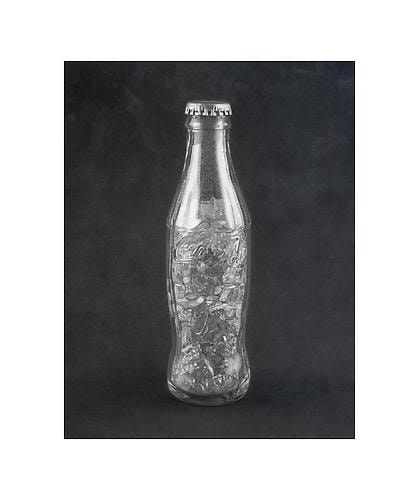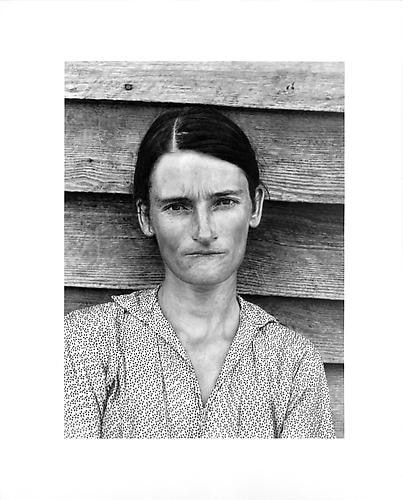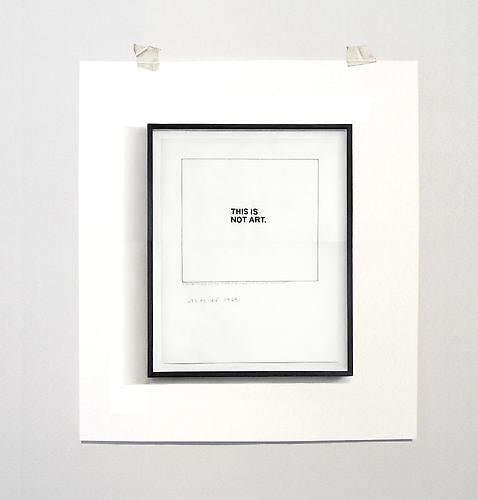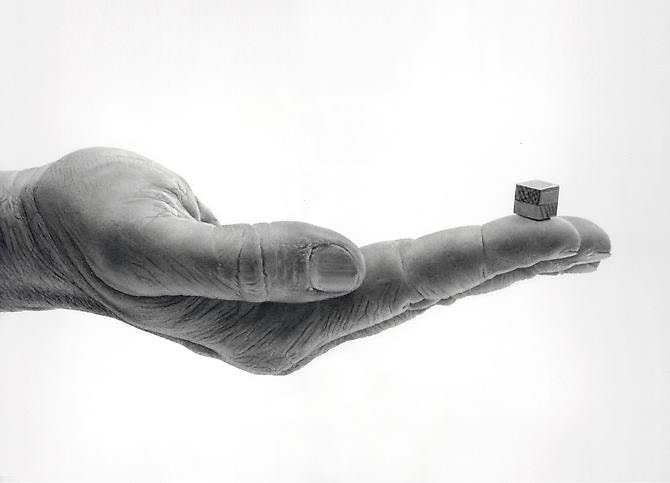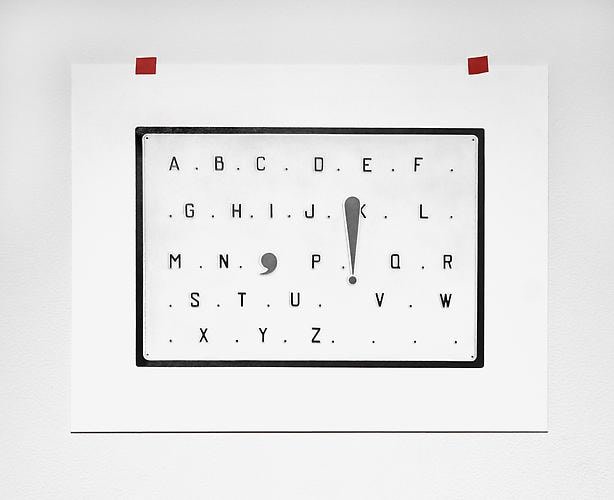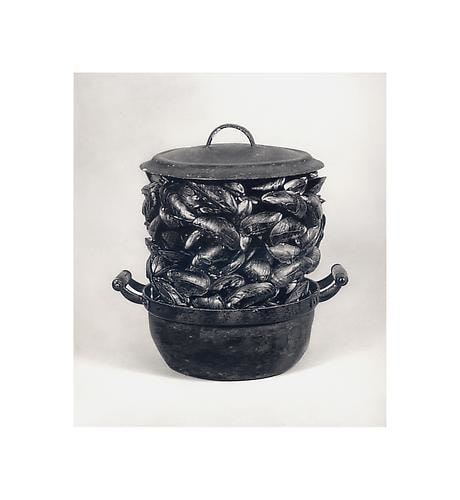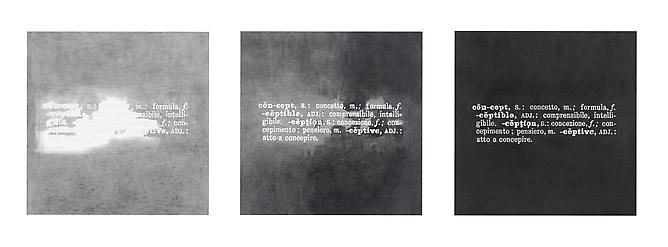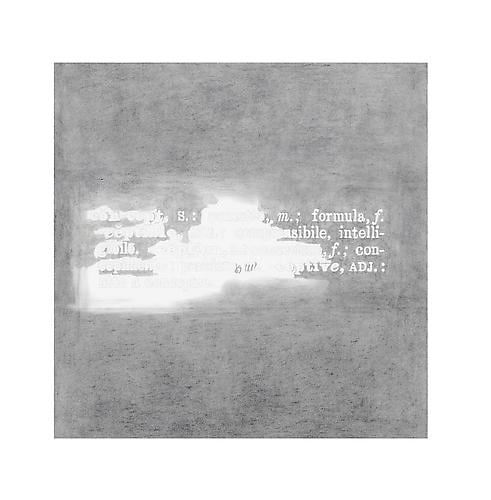Opening reception: Saturday November 16, 7-9pm
The gallery is pleased to present a solo exhibition by Marti Cormand. Formalizing their concept: Marcel Broodthaers, Luis Camnitzer, Joseph Kosuth, Sherrie Levine, Cildo Meireles, Liliana Porter, Horacio Zabala, is a drawn anthology of the conceptual art movement. Iconic conceptual works from the 1960s and 1970s are rendered in graphite on paper with an extraordinary amount of attention.
In the Seventies Sol Lewitt distinguished between conceptual art with a lower case "c" (his own work) and conceptual art with a capital "c" to refer to what Lucy R. Lippart called "Ultra-conceptual". In Conceptual or ultra-conceptual art, the idea is paramount and the material form is secondary, ephemeral, and/or "dematerialized". Lucy R. Lippart first tackles the concept of dematerialization in 1967, in an article she wrote with John Chandler. Forty years later, Marti Cormand spends countless hours drawing Coca Cola bottles by Brazilian artist Cildo Meireles (Insertions into ideological Circuits: Coca-Cola Project, 1970) or bringing an infinite level of focus to draw a photograph by Sherrie Levine who was appropriating a seminal Walker Evans photograph (After Walker Evans 4, 1981). Some of the drawings in the show materialize their own making process: they show the three stages to a finished drawing in three separate works, as if time had stopped in three points during the making of the works, they acknowledge the slow reveal of the objects on paper.
"In the 1960s and 70s when an artist had very clear concepts and convictions about what they wanted to convey, it made sense that they would choose a fast and precise medium to communicate them. When one has a clear idea of their destination, the best option is to take a non-stop flight. Photography, telepathy or language transmit ideas immediately. They avoid interferences, processes and protocols. When no one has too many certitudes any more, processes become essential. When unsure of their destination, one goes around in circles or climbs up mountain to then climb them down again. When one has nothing in particular to say, one tends to fix their attention on details, on instruments, on the various stages of a process. Humble approaches to the medium itself, its technique and its discipline. I have nothing urgent to communicate, no absolute convictions. I investigate the certainties that others had in the 1960s and 1970s. My favorite subject is the study of conviction. By examining every gesture from the summits of conceptualism I can measure the distance between the slowness generated by uncertainty and the speed that accelerates convictions" (Marti Cormand)
Born in Spain in 1970, Marti Cormand lives and works in Brooklyn, NY. Selected exhibitions include: Art for Rollins, Rollins College, Winter Park, FL (2013); False Documents and Other Illustrations, Portland Museum of Art, OR (2010); Arranz-Bravo Foundation, Hospitalet de Llobregat, Barcelona, Spain (2010); Galerie Lelong, New York (2010); Aldrich Emerging Artist Award Show, Aldrich Contemporary Art Museum, Ridgefield, CT (2007); Villa Arson, Nice, France (2006).

